A SAFARI OF FEATHERS: KENYA’S ECLECTIC BIRDLIFE
Birds that jump and birds that float. Birds that hide and birds that glide. A dazzling array of 1,158 bird species call Kenya their home. With such a diversity of ecosystems covering savannah, rainforest, highlands, desert, wetlands, mangroves and the Great Rift Valley lakes, it is no wonder that Kenya is an ornithologist’s paradise and globally renowned as a birdwatching hotspot.
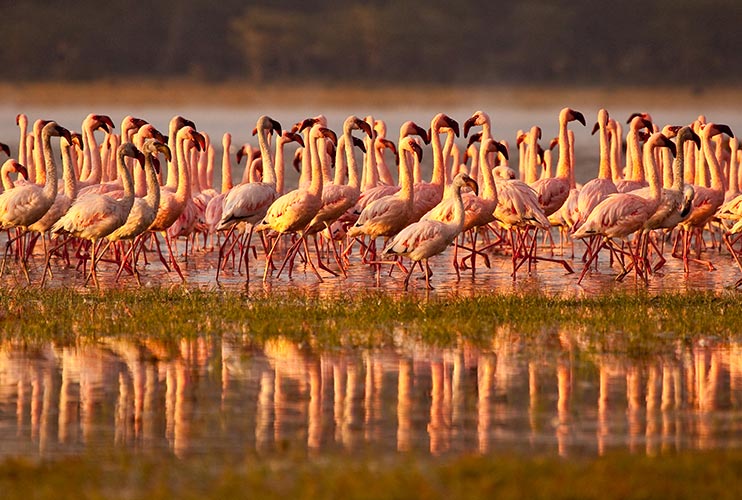
Flamingos in Kenya’s Great Rift Valley
From the world’s largest bird (ostrich) and Africa’s heaviest flying bird (Kori bustard) to an abundance of long-tailed birds, over 50 native species of iridescent sunbirds, 15 species of kingfisher, the stunning spectacle of thousands of pink flamingos gathered on the soda lakes and an impressive array of predatory raptors, there is something for everyone! Just a short safari around the country can yield an astonishing list of several hundred species. We’ve highlighted some regular favourites at our five camps and lodges across Kenya.
Kenya is home to 11% of the world’s bird species and ranks second in Africa for the total number of bird species recorded.
GIRAFFE MANOR, NAIROBI
The forested sanctuary surrounding the Giraffe Manor is a haven for wildlife and over 118 species of bird have been spotted here alone! From dazzling sunbirds (bronze, variable, collared and northern double collared) flitting between the flowerbeds to the flute-like melody of the Eastern black headed oriole enjoyed at breakfast.
A variable sunbird at Giraffe Manor ©Robin Moore
We happen to have a soft spot for the little red billed oxpeckers that keep our herd of giraffes company. Known as ‘tickbirds’ for the copious amounts of ticks they consume, they enjoy a symbiotic relationship with giraffes and other large mammals such as buffalos and rhinos. As well as dining on parasites and offering a meticulous grooming service, they also act as an alarm system, issue warning calls when predators are lurking.
Another bird which makes up the morning chorus at the manor is the vibrant green and red Hartlaub’s turaco. Copper-based pigments in their plumage gives them a unique glow and crimson red flashes on the underside of their wings when in flight.
SALA’S CAMP, MASAI MARA
Over 500 bird species have been recorded in the Mara, so we have more than a few favourites here! Over 60 different birds of prey live in this ecosystem, including six species of vulture which are fascinating to watch when devouring the remains of a kill. Bateleur eagles are a common sight, perched watchful on treetops. We often glimpse pennant-winged nightjars and pearl-spotted owlets (one of Africa’s smallest owls) after dark, whilst during the daytime guests always love spotting brightly coloured lilac-breasted rollers and long-tailed paradise flycatchers.
Lilac breasted roller taking flight in the Masai Mara ©Robin Moore, 2015
Paradise flycatcher at Sala’s Camp
One character with a particularly impressive tail plumage is the male Jackson’s widowbird. During courtship displays, he leaps and twirls high into the air to catch the attention of females, his cape of long black tail feathers creating impressive aerial patterns. These dancing gymnasts of the grasslands are always captivating to find on game drives and exciting, albeit quite challenging, to photograph.
A male Jackson’s widowbird in the Masai Mara
Southern ground hornbills are a striking sight to behold striding through the grasslands of the Mara with their bright red throat pouch against jet black plumage. Native to Africa, they live in close-knit family groups and partake in a unique dawn chorus with each member of the group singing a different part. The overall melody is deep and resonant, conveying important messages within the group. Despite their name, they do fly and like to nest in hollows of trees. In many African cultures, they are considered a symbol of good fortune, especially if seen in flight.
A southern ground hornbill silhouetted at sunset in the Masai Mara
SOLIO LODGE, LAIKIPIA
As guests settle into our cosy Solio cottages at night, a familiar sound is the deep, echoing ‘hoo-hooo’ of the Verreaux’s eagle owl, one of Africa’s largest owl species. Their fluffy soft feathers and giant wingspan of up to 1.7 metres helps them fly silently through the night. Along with enormous saucer-like eyes and supersonic hearing, this helps them become nighttime ninjas, able to detect the smallest scurry of a mouse to prey on.
Verreaux’s Eagle Owl at Solio Lodge
At over three feet tall with a striking crown of stiff golden feathers, grey crowned cranes are regal looking members of the avian world. We often spot them in the grasslands of Solio Conservancy, foraging for seeds and insects with a ballerina like elegance. Their loud trumpeting call can be heard from far away, giving them their local name of ngawao (pronounced un-ga-wah-o). After attracting the perfect partner with an elaborate breeding dance involving head-bobbing, jumping and calling, they form mating pairs for life.
Grey crowned crane in flight above Solio Conservancy
Grey crowned cranes are the national bird of Uganda and considered as status symbols in various cultures. Sadly, this fact has led to their widespread poaching and they are now listed as endangered.
A spoonbill in one of Solio’s streams
SASAAB, SAMBURU
Up in the more arid climes of Sasaab, all manner of interesting, feathered beauties grace guests with their morning chorus. The iridescent superb glossy starlings often scamper around the main area looking for anything that might have fallen off the table. Up above, martial eagles swoop through camp on the hunt for unexpectant dik-diks or vulturine guineafowl. Golden breasted starlings, Egyptian vultures and Scops owls are regularly on our guests’ bird lists.
We have three hornbill species that enjoy visiting the lodge (and sometimes try to join us for meals!) The first is the yellow-billed hornbill, which inspired the Disney character of Zazu in The Lion King. Just like in the movie, these birds are extremely talkative! They also have impressive aerial agility and can snatch insects mid-flight. The second species is the red-billed hornbill with its hollow, helmet-like casque on its upper beak making a resonating chamber for its call. Lastly, the Von der Decken’s hornbill, known for their rollercoaster-like flying patterns in the sky and being partial to a dust-bath or too.
A red-billed hornbill arrives for breakfast at Sasaab
A yellow-billed hornbill in Samburu National Reserve
All three hornbill species exhibit fascinating nesting behaviour, whereby females seal themselves into a chamber to rear chicks, leaving only a tiny opening in the mud door for males to deliver food. This secret fortress protects their babies from snakes and other predators.
A pair of lilac breasted rollers
No mention of birds in Kenya would be complete without the iconic lilac-breasted roller, named for their aerobatic flight displays. Cherished for their vibrant purple, turquoise and magenta hues, they are often named the ‘unofficial’ national bird of Kenya and are much celebrated in many African cultures. Conveniently for photographers, lilac breasted rollers love to perch on high vantage points such as dead trees, from where they can spot insects to prey on and perform their rolling dances.
Migratory birds make up about 10% of Kenya’s birdlife, with a total of 817 migratory species recorded.
Flocks of vulturine guineafowl are always a draw for the photographer’s lens, with their striking cobalt-blue chest and back, overlaid with long white and black streaks and polka-dot back and tail feathers. Named for their naked, vulture like head and neck, their appearance is unique, with bright red eyes and a chestnut crown of fine brown feathers at the back of their heads. They are often seen fluffing up their feathers in a dust bath, running speedily along the ground or high in treetops getting ready to roost for the night.
Vulturine guinea fowl on safari
Kenya is home to 11 endemic species of birds and 46 bird species which are globally threatened.
Pin tailed wyder at Siruai Mobile Camp
Kori bustard at Siruai Mobile Camp ©Scott Ramsay, 2018
Are you eager to experience Kenya’s incredible birdlife? We create bespoke safari adventures for every type of traveller. All of our camps and lodges have professional safari guides eager to share their expert knowledge on the birds of East Africa. Alternatively, you might like to consider a privately guided safari with a photography or birding expert by your side.
RELATED NEWS

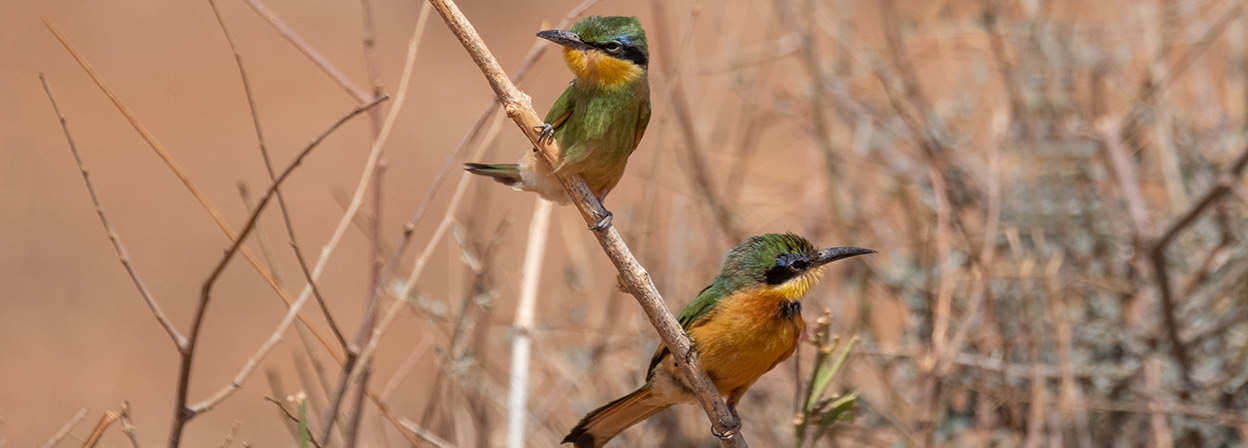
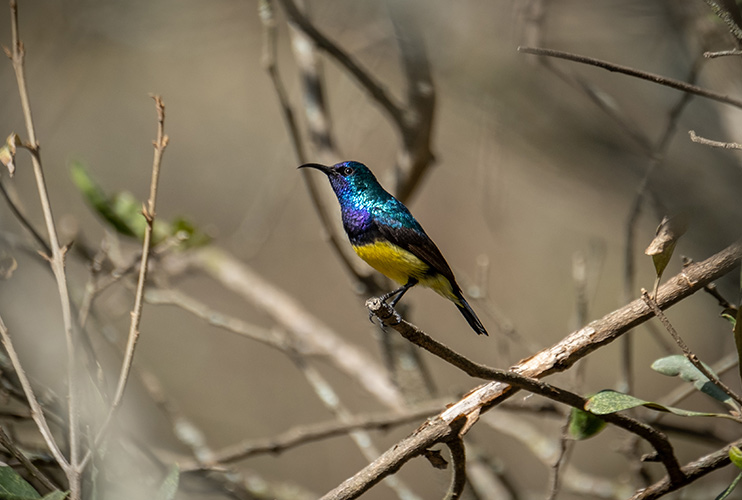
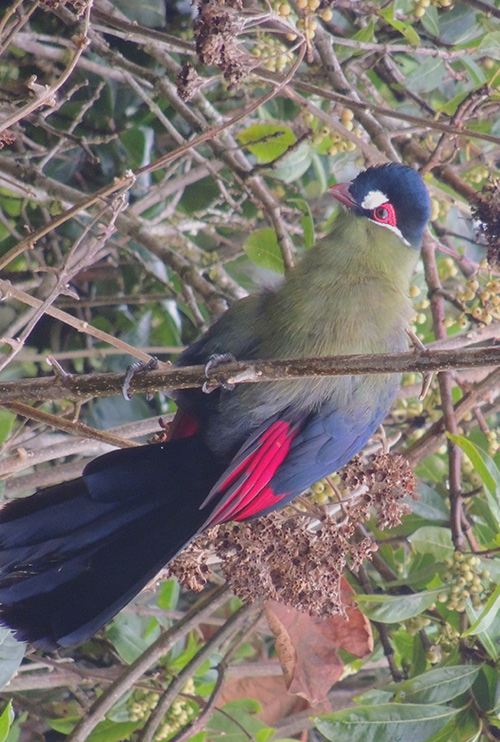
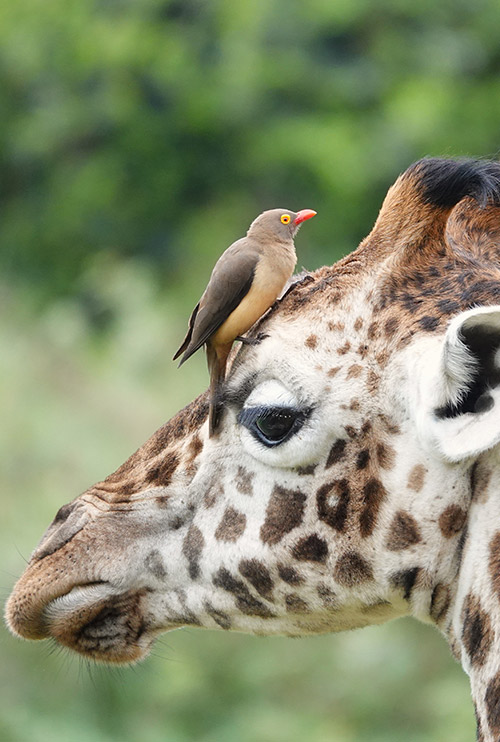
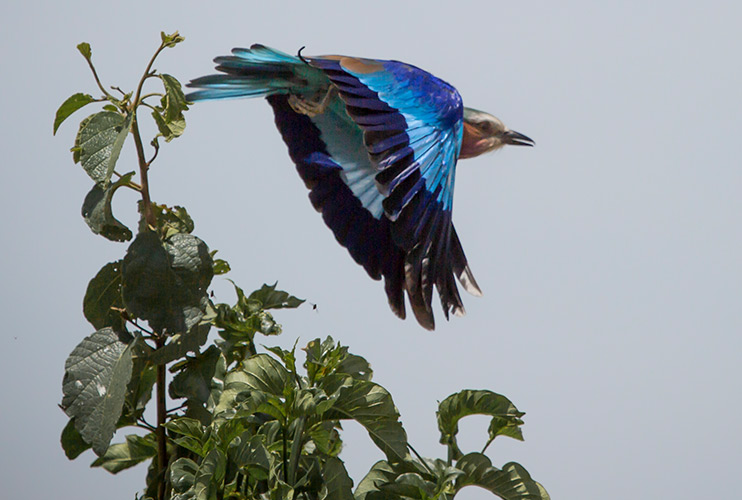
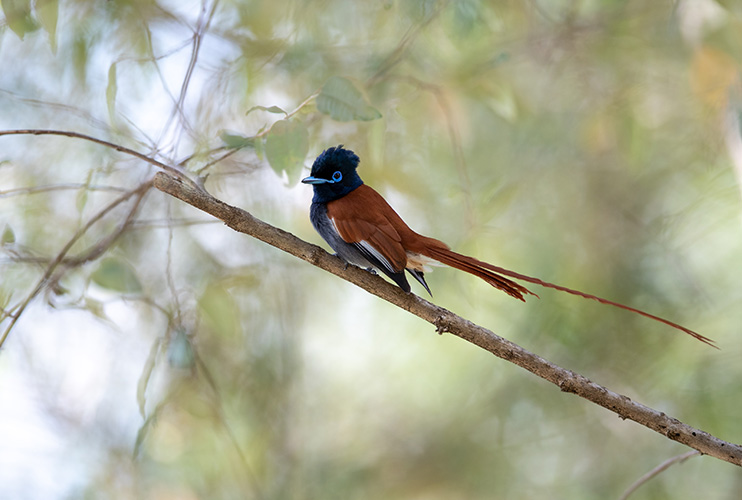
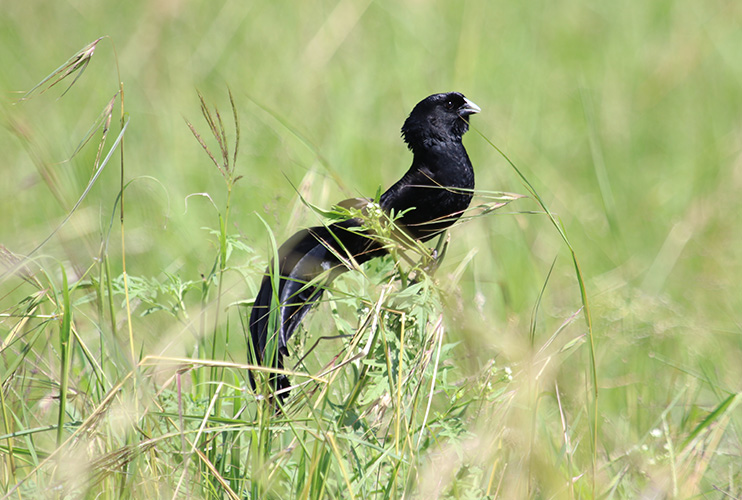
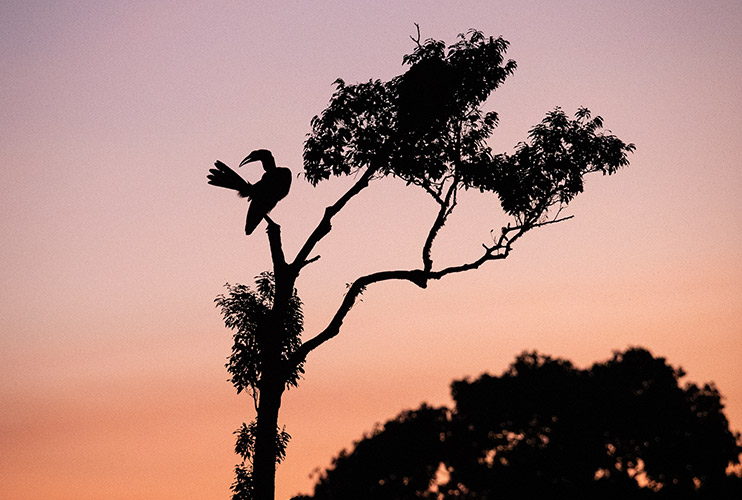
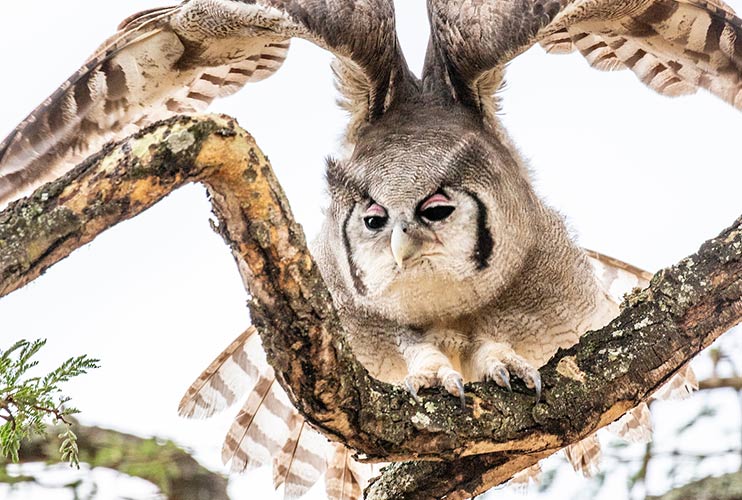
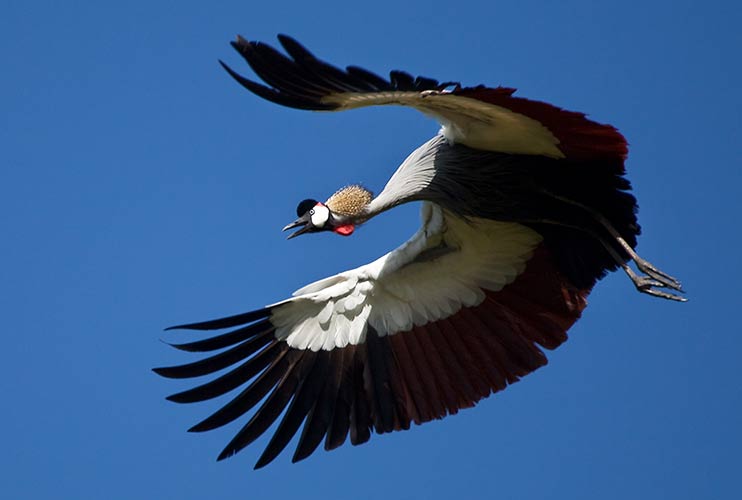
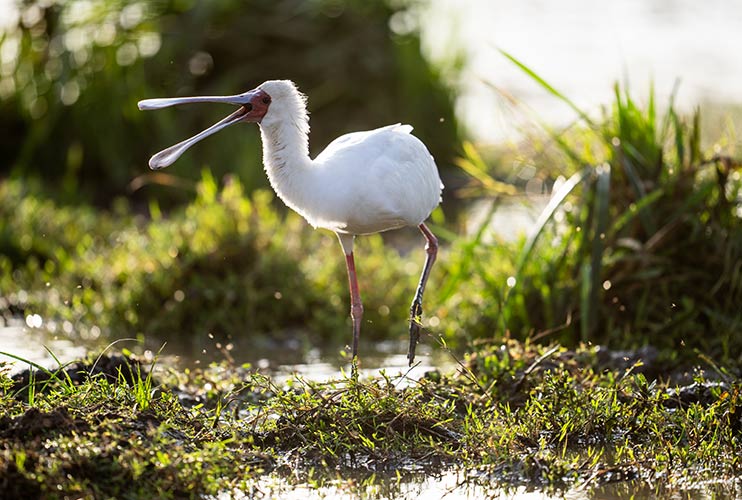
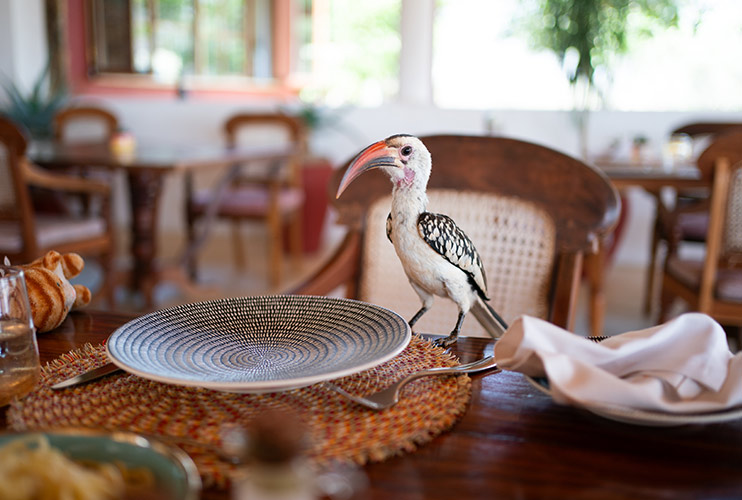
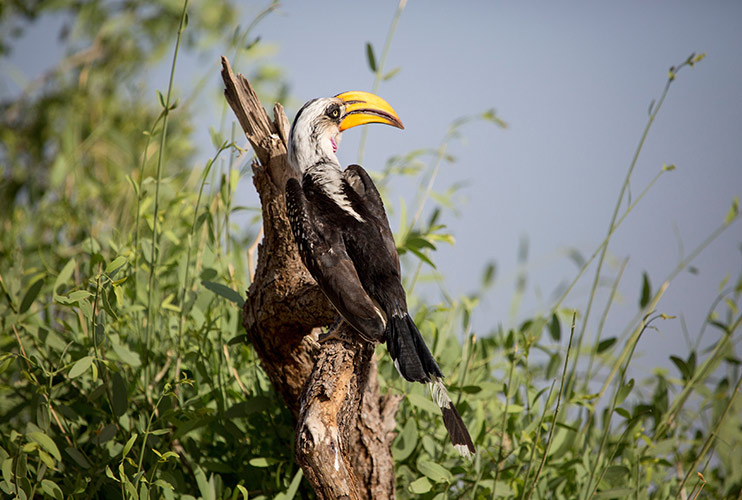
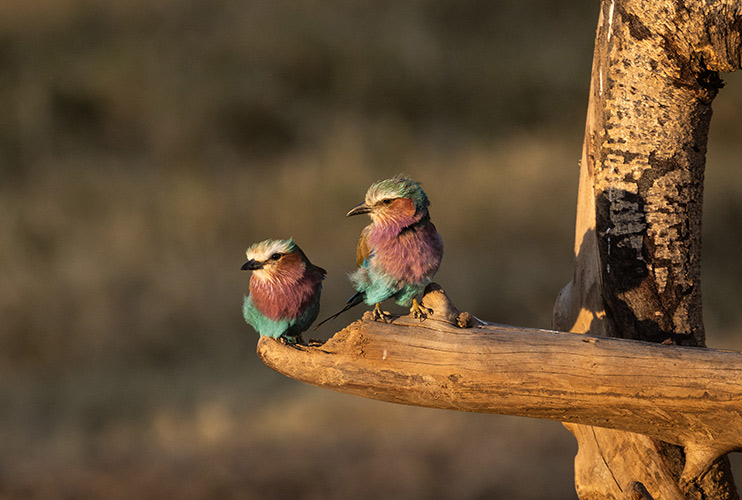
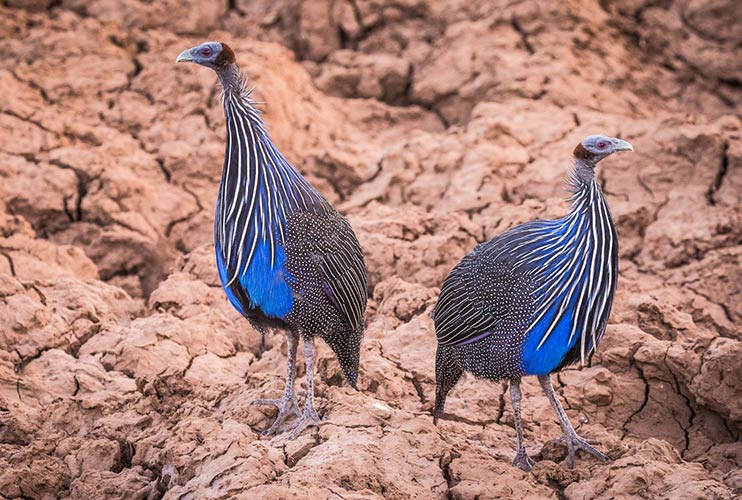
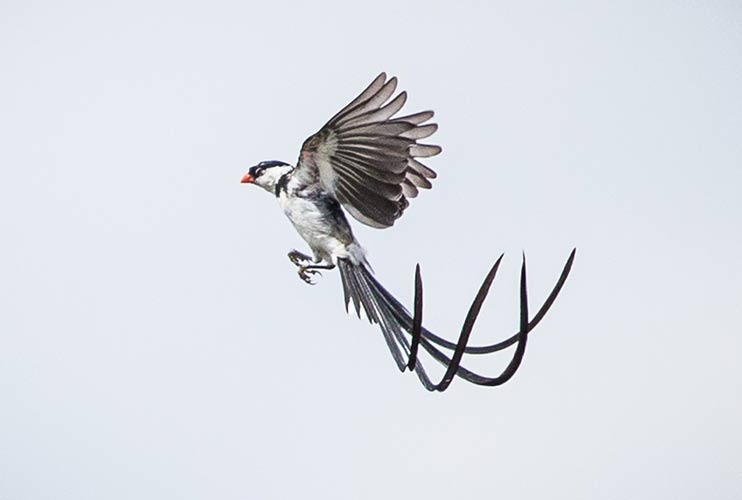
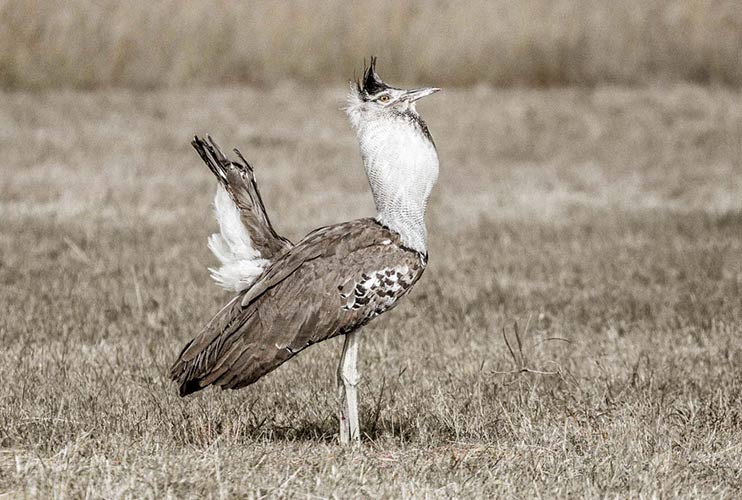
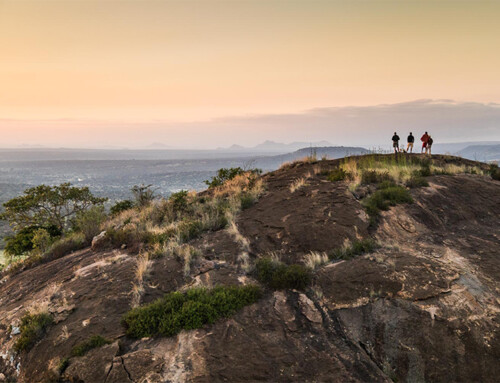
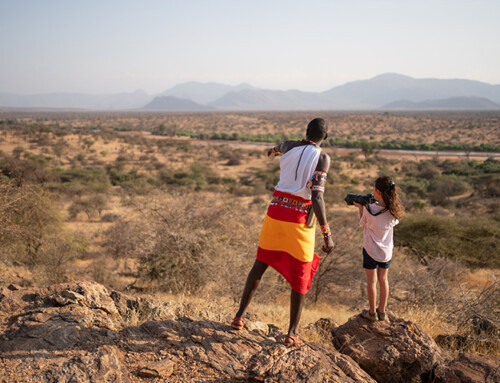
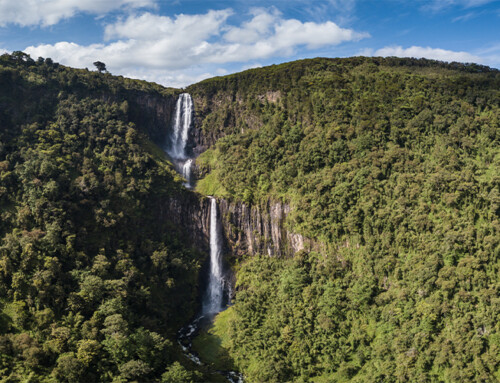
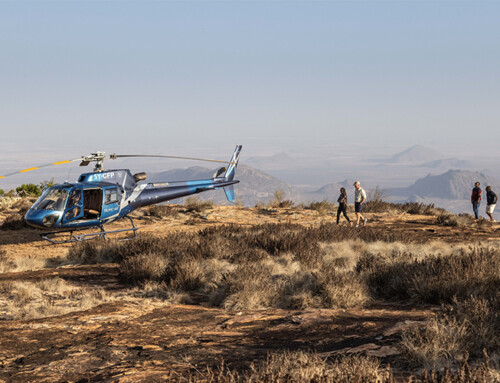
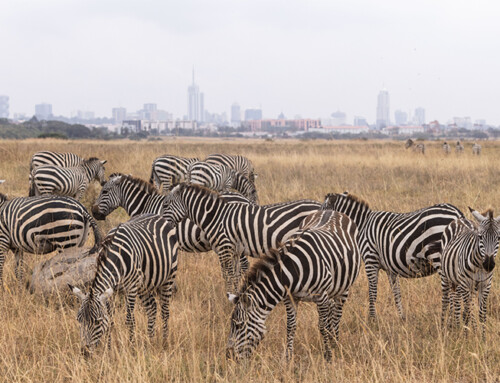
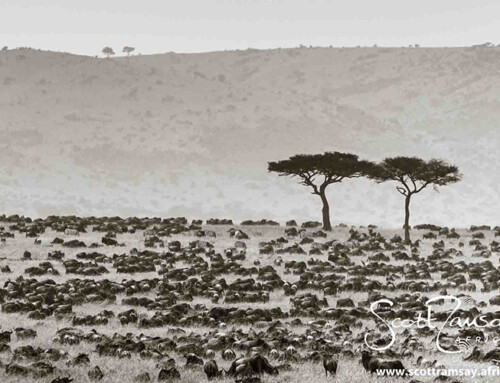
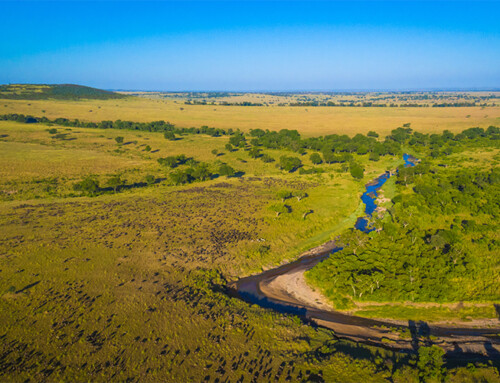







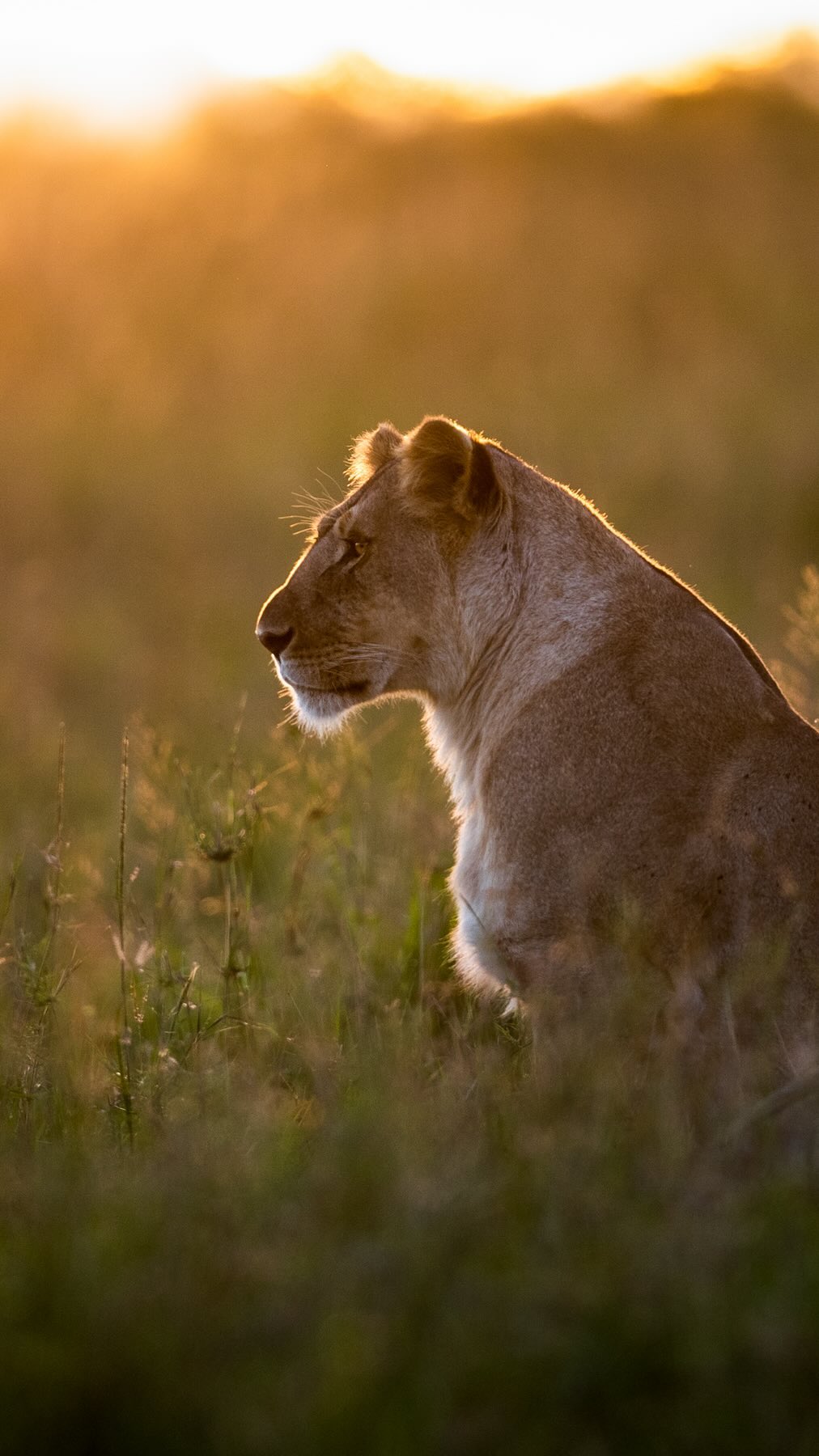

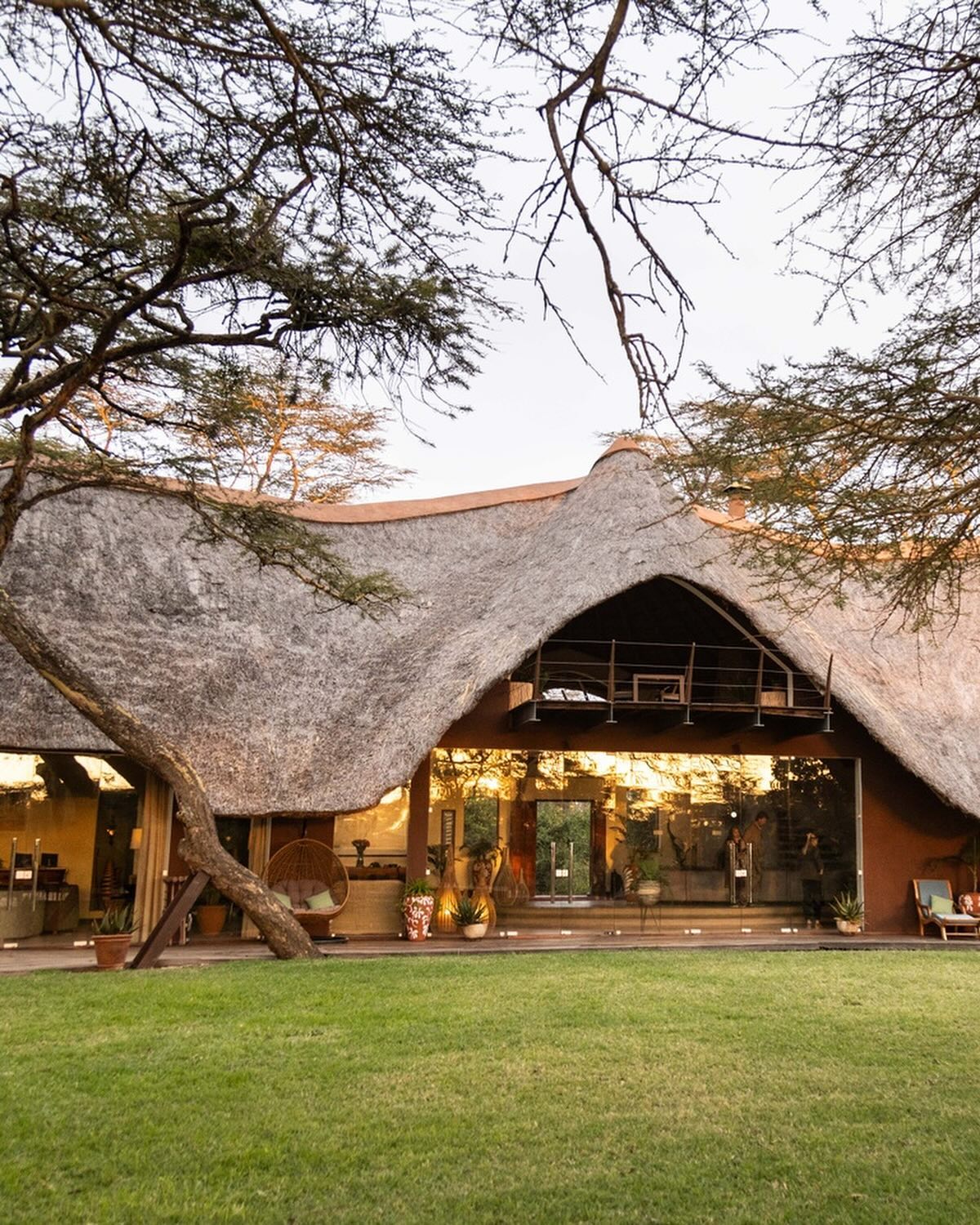
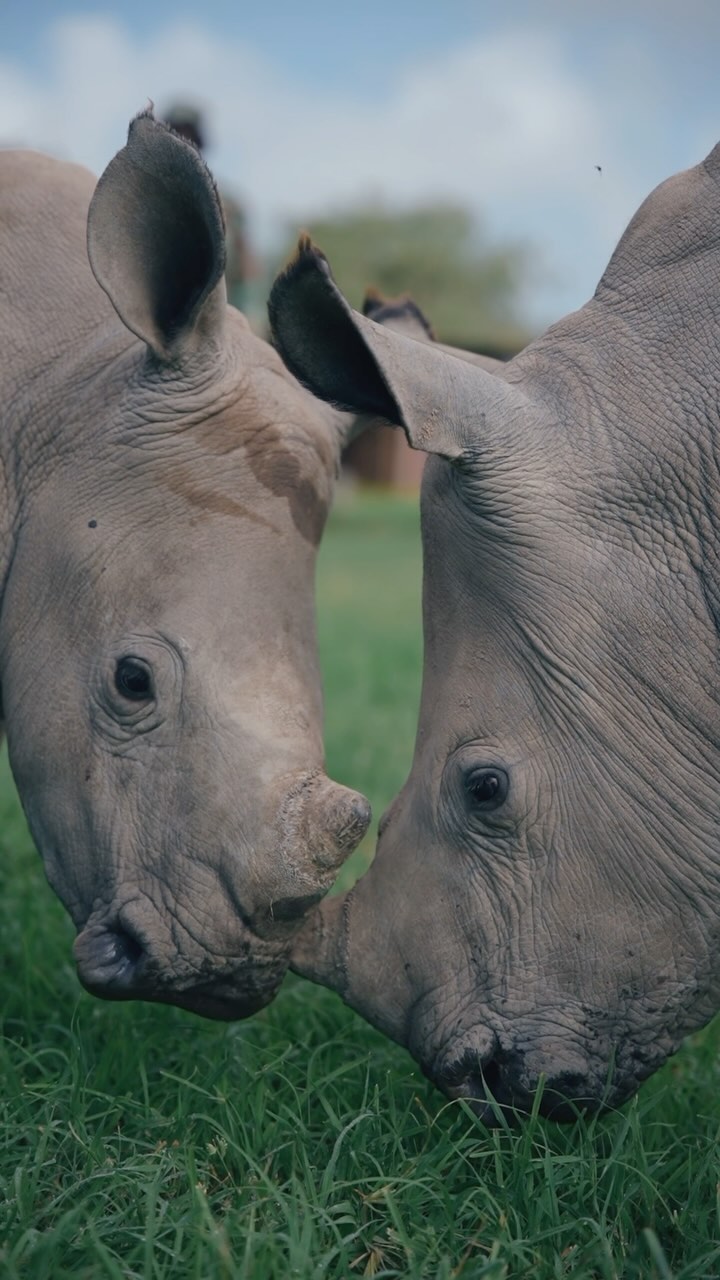
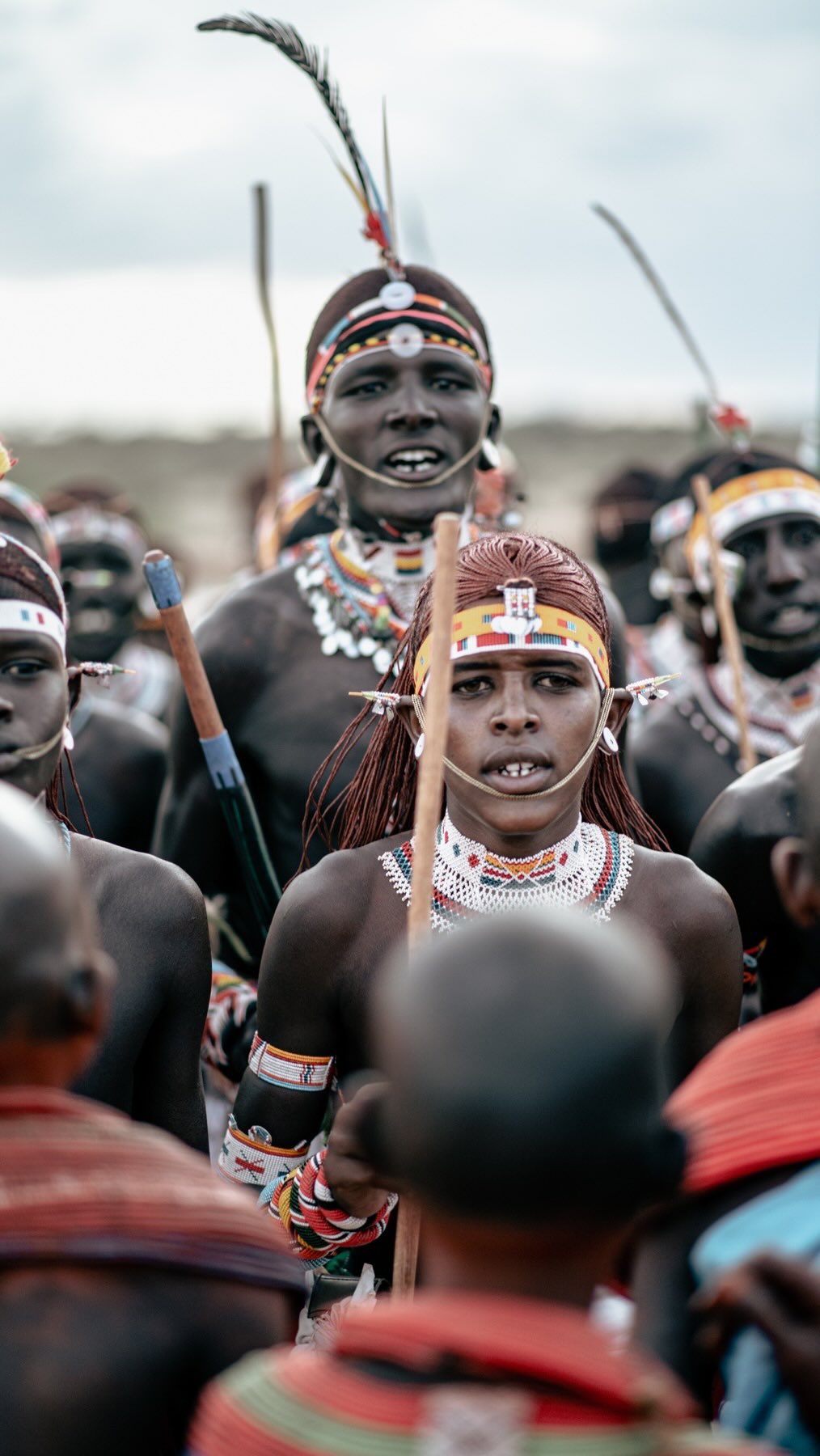
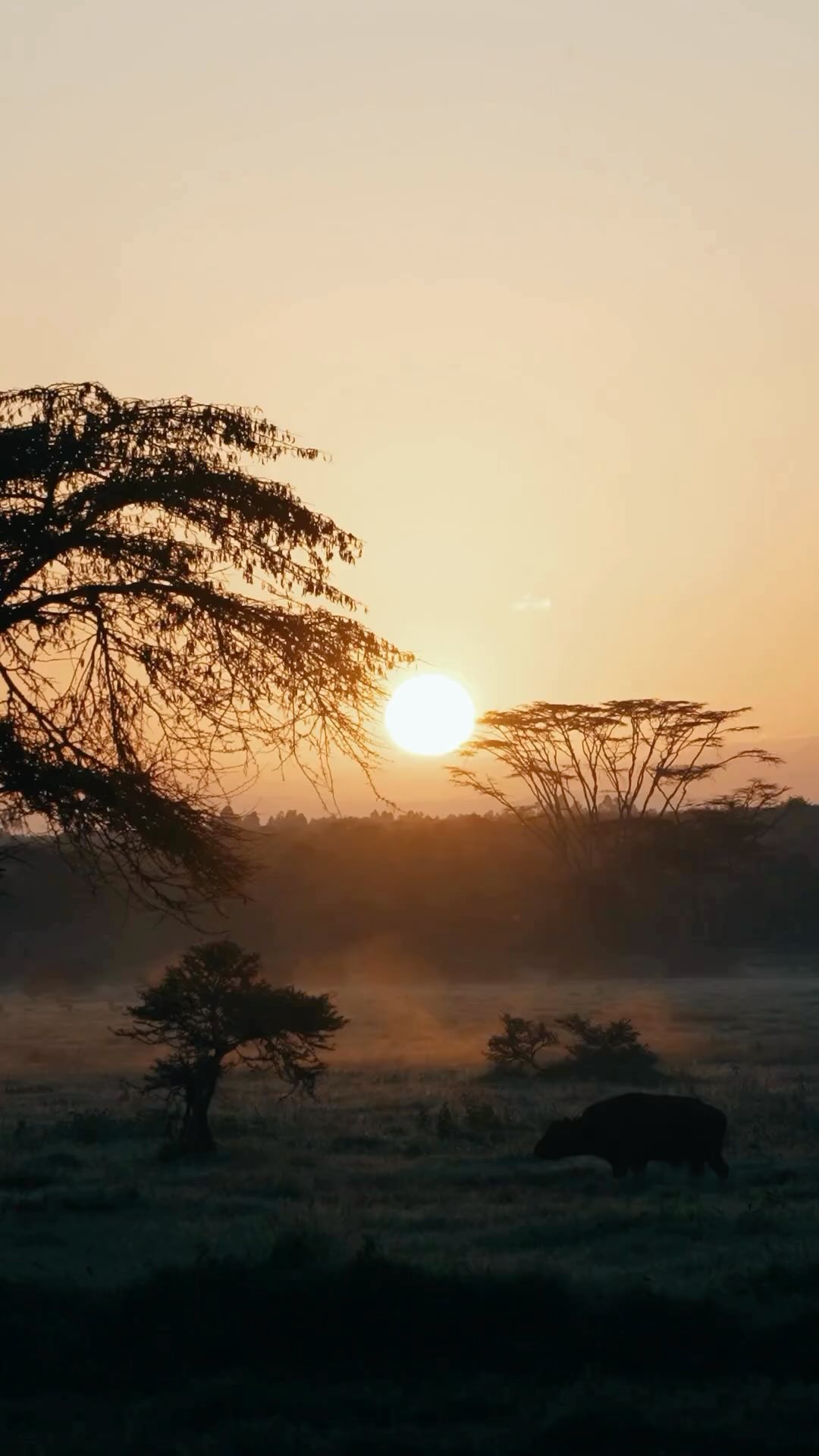
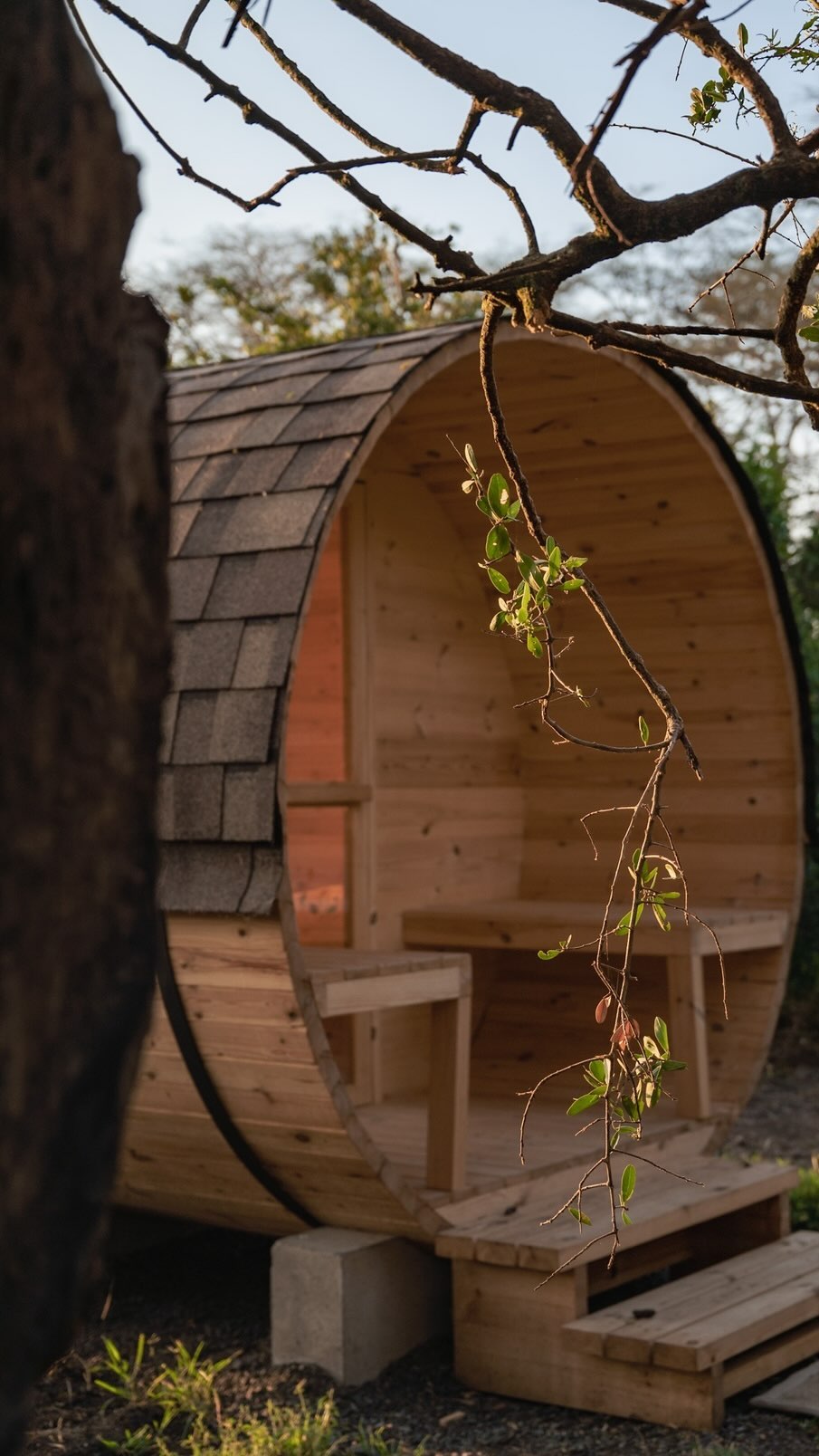

CONNECT & FOLLOW